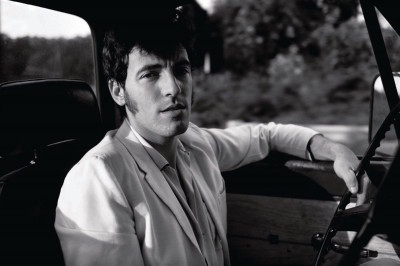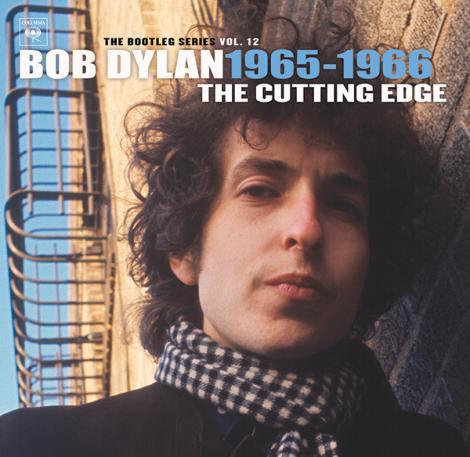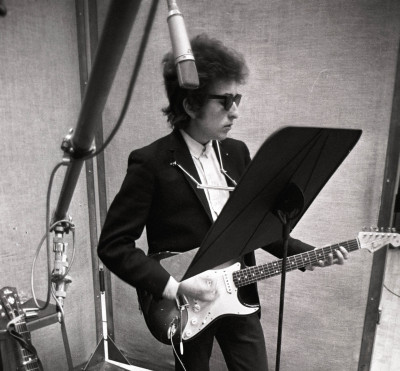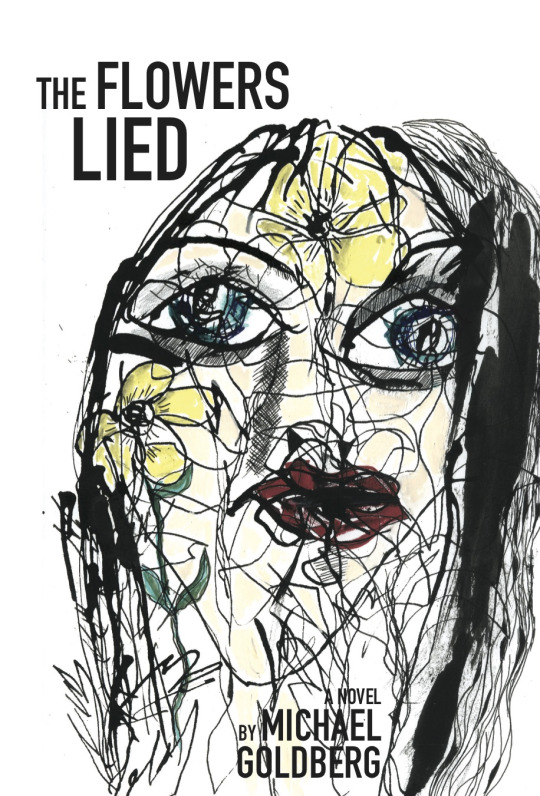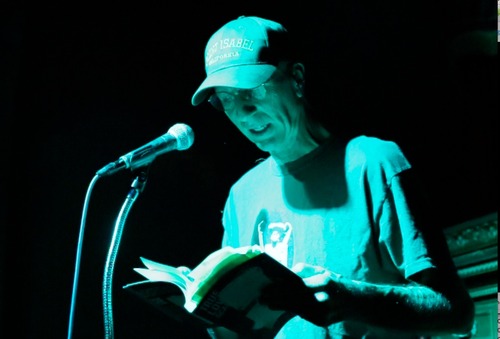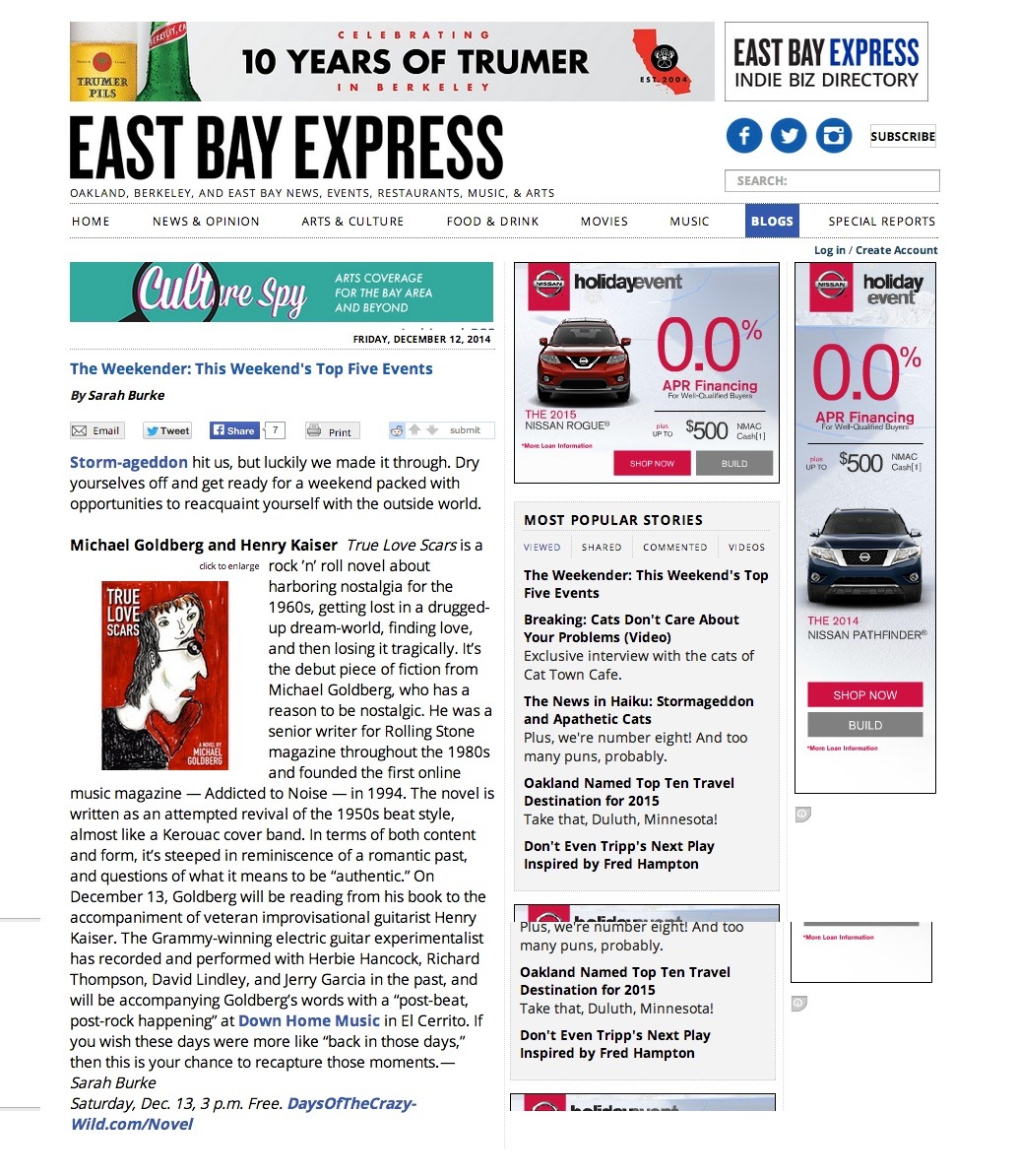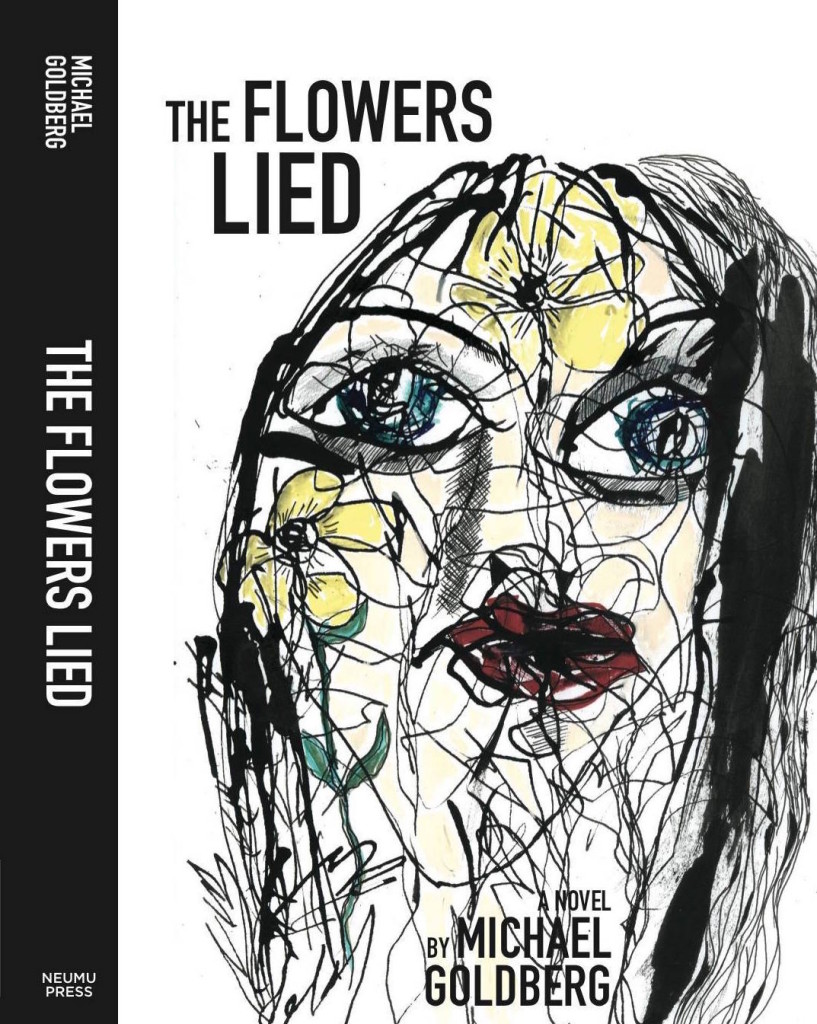
I’ll be reading from my new novel, The Flowers Lied, and the Grammy-winning experimental guitarist Henry Kaiser will be improvising when we do “a post-beat happening – words + music” on May 6, 2016 at The Octopus Literary Salon in Oakland, CA.
If you’re interested, check out the events Facebook page, “a post-beat happening.”
And please let your Bay Area friends know about this.
Here’s more info:
Celebrating ex-Rolling Stone Senior Writer Michael Goldberg’s new rock ‘n’ roll novel, The Flowers Lied, Goldberg and Grammy winning experimental guitarist Henry Kaiser will collaborate on “a post-beat happening” at The Octopus Literary Salon in Oakland, CA on Saturday, May 7, 2016. Goldberg will read from his new novel while Kaiser improvises on electric guitar. Plus a solo set by Kaiser. Note that no meat will be served during this event! Free.
What the critics say about Goldberg’s novels:
“Radioactive as Godzilla!” – Richard Meltzer
“Kerouac in the 21st Century.” – Dennis McNally
“Penned in a staccato amphetamine grammar…” – Simon Warner
“Holden Caulfield meets Lord Buckley?” – Paul Krassner
“Our hero drinks and drugs and dances to the nightingale tune while birds fly high by the light of the moon.” – Larry Ratso Sloman
“Reads like a fever dream from the dying days of the Summer of Love.” – Alina Simone
“If Lester Bangs had ever published a novel it might read something like this frothing debut by longtime music journalist Michael Goldberg.” – Colin Fleming, Rolling Stone
Michael Goldberg was a senior writer at Rolling Stone magazine for a decade. He has interviewed Jerry Garcia, Patti Smith, George Harrison, Captain Beefheart, Stevie Wonder, Sleater-Kinney, James Brown, Frank Zappa, Berry Gordy Jr., John Fogerty, Neil Young, Lou Reed, Black Flag, The Replacements, Flipper, Robbie Robertson, Sonic Youth and many more. In 1994 Goldberg launched the first Web music magazine, Addicted To Noise, and “invented music journalism on the web,” as journalist Denise Sullivan put it. Goldberg currently writes a column, The Drama You’ve Been Craving,” for Addicted To Noise and feature stories for the online animal rights magazine, The Daily Pitchfork.
“The Flowers Lied,” the second of the Freak Scene Dream Trilogy, is a story of love, friendship and the search for identity, set in the early ‘70s. Although it takes place in the past, themes running through the book — trying to live an authentic life, struggling against the powers that be, navigating the terrain between love and lust, loyalty and betrayal — are as relevant today as ever. Goldberg’s first novel, True Love Scars, was published in 2014.

Grammy winner Henry Kaiser is widely recognized as one of the most creative and innovative guitarists, improvisers, and producers in the fields of rock, jazz, world, and contemporary experimental musics. The California-based musician is one of the most extensively recorded as well, having appeared on more than 250 different albums and contributed to countless television and film soundtracks.
A restless collaborator who constantly seeks the most diverse and personally challenging contexts for his music, Mr. Kaiser not only produces and contributes to a staggering number of recorded projects, he performs frequently throughout the USA, Canada, Europe and Japan, with several regular groupings as well as solo guitar concerts and concerts of freely improvised music with a host of diverse instrumentalists. Among the numerous artists Kaiser has recorded or performed with are Herbie Hancock, Richard Thompson, David Lindley, Jerry Garcia, Steve Lacy, Fred Frith, Terry Riley, Negativland, Michael Stipe, Jim O’Rourke, Victoria Williams, Diamanda Galas and Cecil Taylor. Kaiser’s latest album, The Celestial Squid, was released last year.
The Octopus Literary Salon is located at 2101 Webster St #170, Oakland, CA 94612
Phone: (510) 844-4120
– A Days of the Crazy-Wild blog post –
